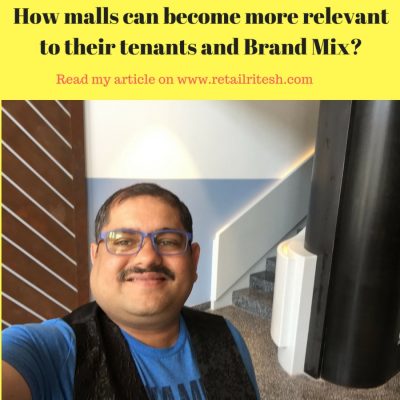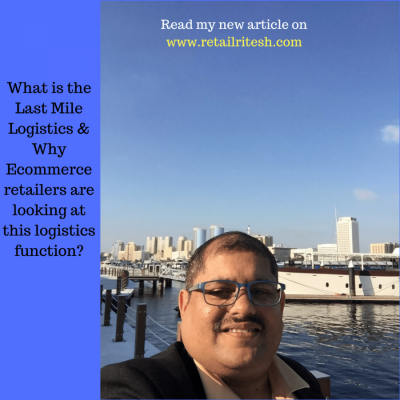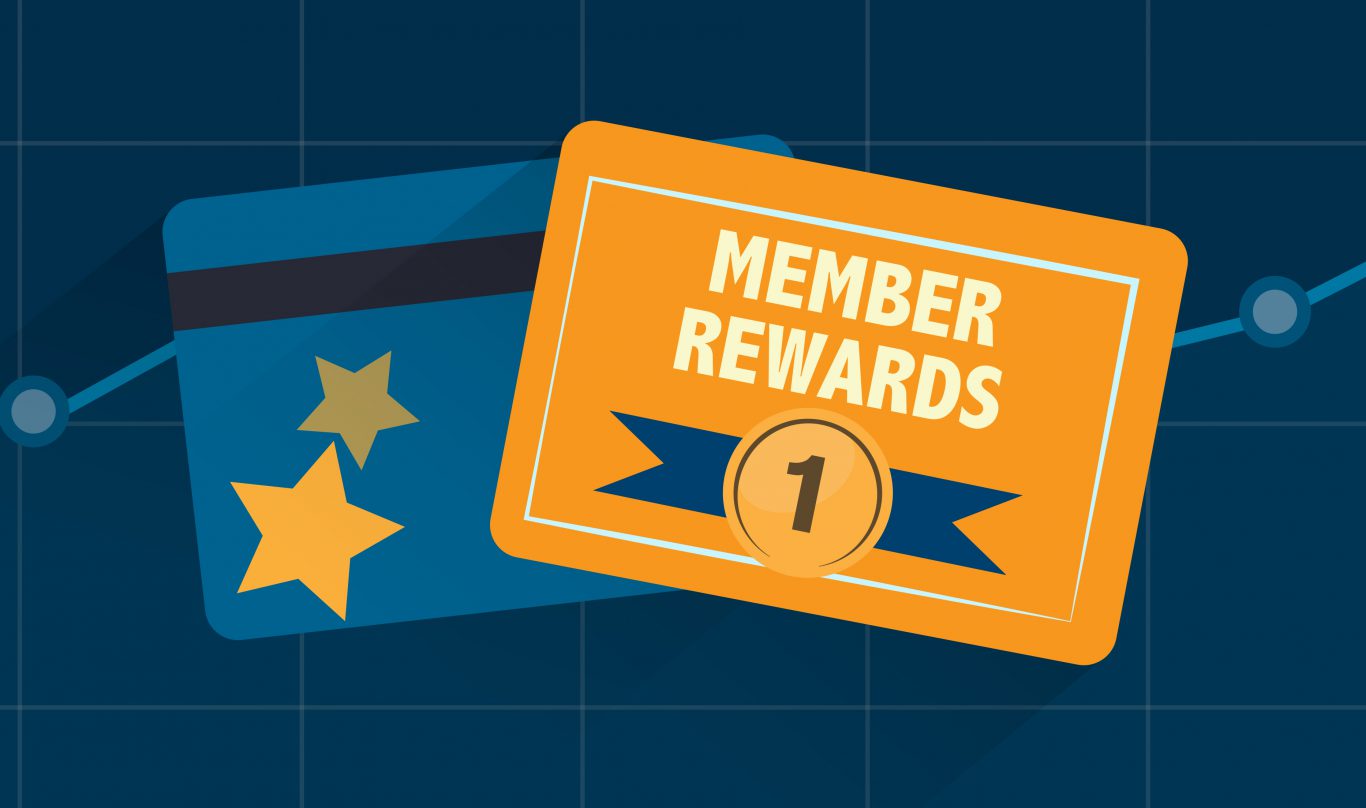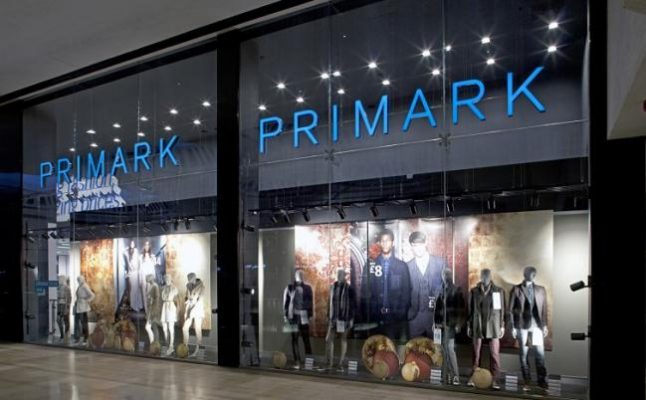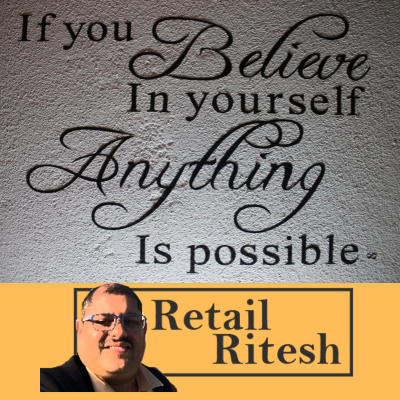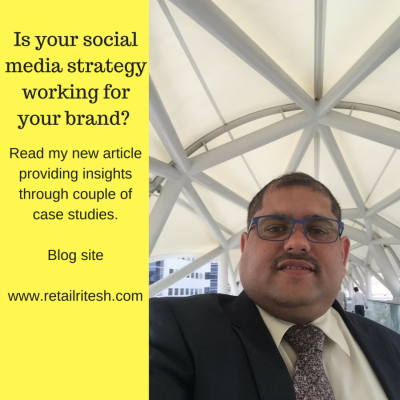How malls can become more relevant to their tenants and Brand Mix?
My inspiration to write this article comes from my personal experience post visiting several malls in the middle-east and seeing the desperation amongst the brands and malls to attract customer footfalls. Almost 90% malls today have become “Discount centers or Outlet malls” wherein their tenants (almost all the brands) are trying to attract customers with promotions and their end of season sales of up to 80% discounts.
My current article is an extension to my previous article which I had penned down as Retail renaissance and how malls can help their tenants, check the link here: https://bit.ly/2njCZdo
Again I shall reiterate a quote from Einstein which is still very relevant and applicable to all the malls.
“Insanity is doing the same thing over & over again and expecting different results”. Malls seem to have hit the dead wall and there is a lack of creative ideas in bringing some excitement back into retail.
Below are some of my views which would prompt my readers and especially mall owners to re-think their strategies.
- Start understanding your customer’s pain points and change in their buying behavior:
Current trend: As per research conducted by agency Valassis over 1000 US consumers, the reasons as to why respondents prefer shopping online – as opposed to at a mall are:
- A broader range of product options/variations (40 percent);
- Avoiding hectic crowds/parking (38 percent),
- Not having to travel (24 percent)
- Reducing impulse purchases (16 percent).
These insights could be used to divert or increase customer footfalls in the malls by:
The solution is Reverse Innovation:
- Better parking spaces and increase in their spaces & services such as valet; apps to show customers available parking spaces in real-time even prior to customer’s arrivals.
- Events such as pop-up shops.
- Concierge services wherein you need not carry your shopping bags but instead, drop off at a particular location and the mall’s logistics partner shall deliver it at your doorstep. Recently such service has been started by grocery hypermarket Carrefour in the UAE, wherein you drop your trolley at their pick up location and they deliver the groceries at your specified address and at the convenient time.
Case study 1: Constapark app service provider in the city of Bangalore, India.

(Reference source:
//economictimes.indiatimes.com/articleshow/48401195.cms?utm_source=contentofinterest&utm_medium=text&utm_campaign=cppst )
2) “Food is the new Hot Trend”:- is the mantra that increasingly guiding future development. The expression reflects the idea that food has exceeded apparel/clothes/fashion segment as a force in retail and travel.
Creating new “experiential dining” options that offer more entertainment for consumers. Examples include farm-to-table courtyards, gourmet food halls, and “cook your own food” facilities.
Case study: Wanda commercial Properties:
In China, malls already allocate 30 to 40 percent of their floor area to food and beverages. Certain developers, such as Wanda Commercial Properties, which integrates retail, leisure, and residential into a single large complex, allocate as much as 50 percent of their footprint to public space.
3) Malls owners should focus on generating new revenue sources:
Since in the future many stores are likely to be smaller and lack storage capacity, mall owners could also provide tenants with logistics services.
Other revenue streams might include utilizing a mall’s open spaces or closed stores for POP-UP stores, temporary stores, and other events. Retailers could be charged for this on a per-traffic basis.
(I shall write a separate article as to how retail renaissance could disrupt current lease contracts and leasing teams of the malls. As I always say, future belongs to those who adapt the changes with both their arms open.)
4) Use of Technology: As a consumer & retail professional, I can list down various malls who still don’t offer free Wi-Fi services to its mall’s customers. Perhaps they are still “Old school of thought” but the data insights provided by offering free Wi-Fi services are really eye-opening and could prove to be a Game-changer.
Wi-Fi data can provide malls owners with insights such as:
- Hot & cold corridors of the malls– malls can then do activities to make cold corridors to attract more footfalls. These insights can also help leasing managers to re-work on their tenant mix.
- Offer instant promotions/offers to consumers not visiting a particular corridor.
Case study: Kamppi shopping center: From its use of beacons to analyze foot traffic patterns, the Kamppi shopping center in Helsinki, Finland, learned that shopper congregate at lunchtime and not after work, as was previously assumed. Using this insight, the mall advised its food court tenants to keep & serve hot food and entice lunch-goers with exciting offers and menus.
I am glad to see that few key mall owners have started to re-engineer themselves & are reinforcing their leadership stance. Again I would like to mention the wonderful pilot project “Valet trolleys” by Carrefour, I am sure this idea was born from the consumer marketing insights.
In case if any of my retail fraternity members want to re-invent their mall’s purpose then you know whom to reach out. (I can be reached at riteshmohan@yahoo.com).
About the author:
Ritesh Mohan is a passionate Retail professional with over 20 years in the Retail sector, handling some of the biggest brands in beauty, fashion and fragrance retail & FMCG sector. He has been instrumental in the growth of some of the regional brands as well, in the Middle East region. He specializes in Retail management, Product development, Brand management, Retail Operations, Sales Management, Business Management & Empowering business owners with his wisdom & experience of over two decades in the industry.[/vc_column_text][/vc_column][/vc_row]

